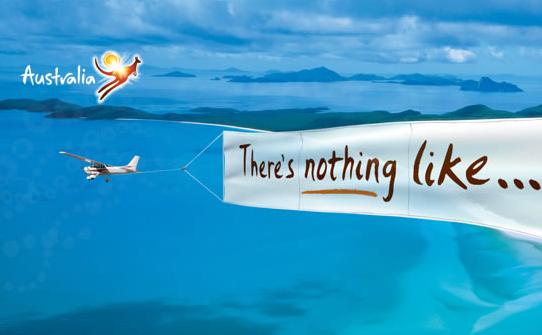Not a cloud in sight for Tourism Aus

Tourism Australia has just completed a major standardisation project that saw hundreds of terabytes of mission-critical data secured within private infrastructure, with the organisation shunning the public cloud for the time being.

Tourism Australia relies heavily on sites like Australia.com to promote its business and has recently secured its mission-critical data using private infrastructure rather than a public cloud. (Screenshot by Luke Hopewell/ZDNet Australia)
The project saw Geordie Guy, Tourism Australia's contracted systems architect, move to implement IBM Tivoli software across Tourism Australia's 17 global offices and help secure creative and administrative data in private infrastructure based in Sydney.
The 17 Tourism Australia satellite offices around the world had previously employed up to seven different storage and back-up solutions. At the time, Tourism Australia's IT department was unsure if it could retrieve important data in the event of an emergency or disaster.
"A lot of the IT departments — particularly when they worked with outsourcing companies — decided they wanted to do things their own way. That created real questions about whether data could be recovered in the event of a disaster. In the event of a disaster, the IT team didn't know what product was being used, where the backups were running to and why," Guy said.
Guy admitted that the task at hand had been daunting, and required extensive consultation before it could be adequately tackled.
"Tourism Australia has around 250 full-time equivalent staff. Fairly small organisation by anyone's standards, but massively disproportionate to that is how much data they produce and consume," he said.
The two arms of Tourism Australia focus on creative and administrative tasks.
"It's easy for someone [in admin] to sit down Monday morning, generate 6000 emails, get 2000 replies and have to keep those replies forever ... when I started, there was a private mail storage size of around 600 gigabytes of data," Guy said.
The creative side of the business produces and maintains video, still images and website content in 26 different languages with single directories taking up around 50 terabytes of space at a time.
"It's taken about 18 months from staff not knowing what Tivoli storage manager is to our business basically running off of it," Guy said.
Despite the fact that Tourism Australia needed to store a great deal of data in a secure, central location, it has opted to use private infrastructure based in Sydney, rather than move to a cloud environment.
"Cloud offers us a lot of stuff that is very, very useful, [but] as it stands at the moment, we're getting that out of a private cloud arrangement and virtualisation in house," Guy said.
He said, however, that Tourism Australia would not rule out a future migration to the cloud.
"I would imagine we would look at a slow cloud adoption, but at the moment, we're not getting much benefit from the cloud," he said.
While the move to IBM's Tivoli software may have saved Tourism Australia future grief, not every software platform is perfect. AusCERT last week issued a vulnerability alert for the system.